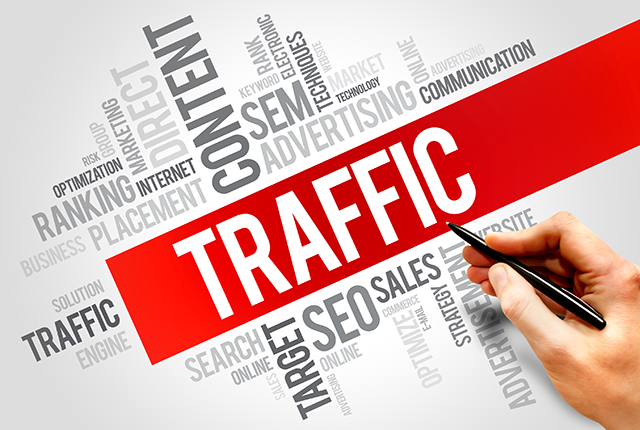Website design and copywriting is as much about psychology as anything else these days. Within the nuanced art of influencing your website visitors to take actions that benefit everyone involved, the Call to Action (CTA) is a powerful tool.
A CTA is an instruction given to a visitor and designed to create an immediate response – to call your business, download some information, or visit a store. They’re usually short, striking, and simple. With them, you can help nurture leads into sales.
1. Make them bold.
You want your CTA to stand out. Make it bigger and bolder than other elements on the page, but don’t overdo it. You can also use colour to great effect here – consider putting your CTA in a colour consistent with your branding to help it stand out. Great design helps attract traffic and keep people on your webpage.
2. Provide value.
You want your CTA to be irresistible. Offer something that people are interested in and which can provide immediate value to them. Guides, whitepapers, and templates are great examples of CTA offers that provide great value.
3. Make it look clickable.
Again, you want to ensure your CTA is as appealing as possible. Making it appear clickable (by turning it into a button or similar) ensures you get the maximum mileage from your CTA.
4. Test, test, test.
Simple A/B testing allows you to determine which version of your CTA is most effective. Colour, use of language, and the placement of your CTA are all variables you can change to make sure your CTA is in its strongest possible iteration.
5. Segment your offers.
Different CTAs will appeal to different people within the sales funnel. It’s worthwhile taking this into account when placing your CTA. If it’s a general informative CTA (like a whitepaper) you should put it on one of your most obvious pages. If it’s something aimed more at selling to a lead (like a trial or pricing guide) put it deeper within your website where those who are most interested may navigate to.
6. Consider CTA placement.
It’s worthwhile placing a CTA “above the fold” (before the visitor scrolls on your page) because this area gets the most view-time, but “below the fold” placement can work too. Some studies say that placing a CTA at the very top of a page works best. Placement is something that can (and should) be tested for.
7. Use ‘thankyou’ pages.
You should direct your visitors to a thankyou page after they complete a form. This is a good way to reinforce the positive step they’ve taken, as well as offer additional downloads or offers to them (but don’t make them fill out another form!).


